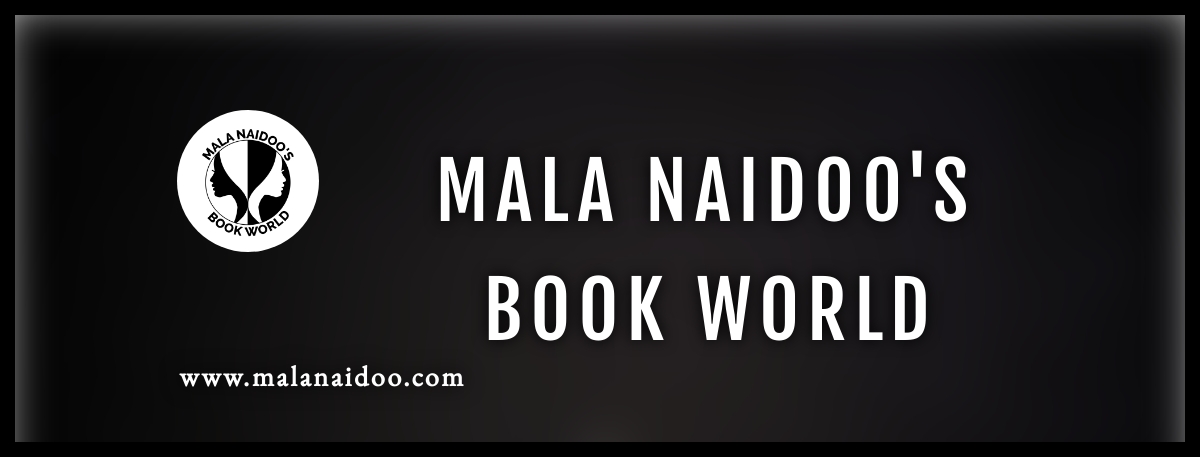Vanity, Pride and Ego – same family, different personalities, different agendas.
All three will have a negative impact if riding this wave is all that matters. It drains creative energy.
Vanity exudes a hollowness in its overindulgence on self, achievements, and appearance, etc. It is external.
Where does the artist sit on the pedestal of vanity?
One voice says, nowhere. Another asks, how will a receptive audience to the art be found if vanity is tossed aside? Vanity needs an audience. But, should it be at the cost of dominating one’s passion and purpose?

The muse, divine grace, or however inspiration is perceived, is not invited by vanity. Mother Muse is not needed, as narcissistic vanity, knows it all, and celebrates personal achievements, with no filter, in every waking moment, in multiple ways. I and me overshadow growth by ignoring the voices that have much to teach and share in learning new ways. The achievement has a use-by-date if not allowed to grow and expand in new and varied ways.

Then pride prods, ‘Look at me, I have published my book, or sold my artwork! I’m so excited!’ This has a ring, different to vanity. It’s internal, it is joy over what the artist has created. Children are invited to take pride in their work, push themselves to achieve their personal best. This level and definition of pride is a healthy option. Pride reflects reality, it’s a joyous reaction to having achieved a goal. There’s a dignity in the self-esteem and self-respect that comes with this type of pride. Because pride is internal, when injured, it could create feelings of worthlessness. Which do we prefer? Known for vanity or having a sense of pride? Pride may breed feelings of superiority if unchecked, and released often outside the inner glow of accomplishment.
Then there’s ego, ‘Oi! look at me and all I have achieved. I am the best in my game.’ Remember the id, ego, and superego in a Psychology 101 class? It might be necessary if marketing one’s wares, but with ego comes the threat of overzealous self-importance – conceit. Not a favourite in any working, social, or home environment.
To succeed in what we do, we need balance. The ability to know and understand who we are, and how we are received is vital to acceptance for a sense of belonging to promote mental and emotional wellness.
When acceptance and belonging thrive, productivity increases.
Balance in everything is vital to how social perceptions are influenced
It leaves the question, is ego, overblown pride? And what of vanity? Is it a wild show pony craving an adoring audience, or the unrestrained expression of pride and ego?
Now, there lies the dilemma.
Be proud of your creative work, yes? Avoid ego and vanity? Over-inflated expressions of self run the risk of sitting on the precipice of love and revulsion. What is the artist’s choice to be?
Shakespeare’s timeless tales tell us that hubris and hamartia lead to a character’s downfall. Lear’s, ‘Which of you shall we say doth love us most’, albeit being an aging man, he might be perceived as vain in wanting to hear his three daughters’ undying adoration for him before he divides his kingdom among them.
What are your thoughts? Vanity? Pride, or Ego?
Happy Writing and Successful Publishing!



You must be logged in to post a comment.